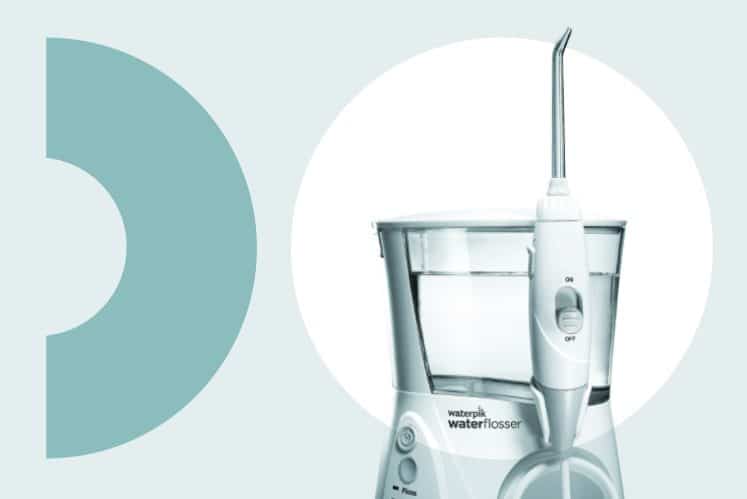What are some of the the benefits of early orthodontic intervention you might ask? If you want to improve your smile, then any age can be a great age to see the orthodontist. However, the American Association of Orthodontist recommends that your child see an orthodontist by the age of 7. At this age, an orthodontist can spot subtle issues with jaw growth and emerging teeth while some baby teeth are still present. Some orthodontic problems may be easier to correct if they are found early.
Early Intervention
Early evaluation means early detection of problems, and greater opportunity for more effective treatment. Orthodontic intervention monitors growth and development, reducing serious problems later. When early orthodontic intervention is not necessary, an orthodontist can carefully observe and track growth and development and begin treatment when it is ideal for the patient.
Signs of Orthodontic Problems
At Dunegan & Cole Orthodontics, we look for signs which indicate possible bite problems and early orthodontic treatment may be needed. Orthodontic problems are not always straightforward. Here are some signs that might indicate the need for orthodontic treatment.
- Excess spaces between teeth
- Overbite, underbite, crossbite
- Extra teeth
- Missing teeth
- Severely protruding or buck teeth
- Severely crowded teeth
- Narrow upper or lower jaw
Benefits of Early Treatment:
There are many benefits to early orthodontic treatment. Some of the most direct results of early treatment include:
- Creating space for crowded, erupting permanent teeth
- Creating facial symmetry by influencing jaw growth
- Decreasing the risk of trauma to protruding front teeth
- Preserving space for unerupted teeth
- Reducing the need for tooth removal
- Reducing treatment time with braces
- Improve self-esteem & increase self-confidence
How Dunegan & Cole Orthodontics Can Help
If your child is between the ages of seven and eight and shows signs of needing orthodontic care, or if you have been directed by your family dentist to visit the orthodontist, please book your free consult online or contact our practice at (703) 753-4996. You don’t need a referral from a dentist to see an orthodontist. Our team at Dunegan & Cole Orthodontics will provide your child with an initial exam, and discuss with you the best steps to take toward caring for your child’s smile.




